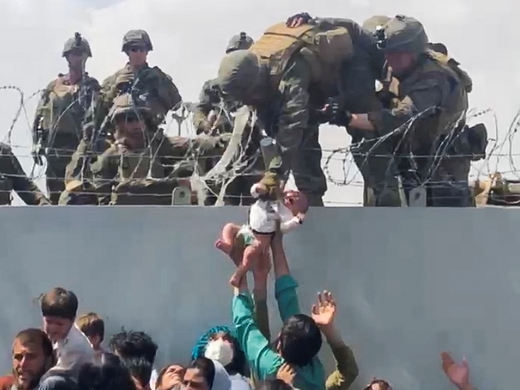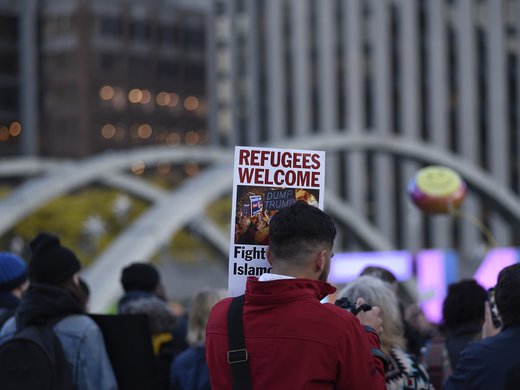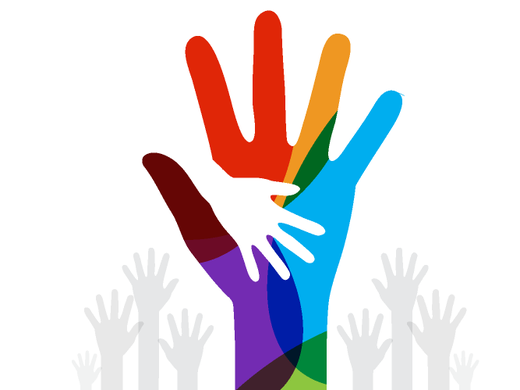Conflict in Somalia has caused millions to flee the country since 1990, many to Kenya’s Dadaab refugee camps, which have been in existence for 20 years and now hold over 520,000 refugees. To date, voluntary repatriation and local integration are not plausible durable solutions. This policy brief, authored by CIGI’s Hayley MacKinnon, sheds light on education within the Dadaab refugee camps, which still operate on an emergency basis by providing relief, but which fail to mobilize the resources required for longer-term development — known as the “relief-to-development” gap. The brief states that education in emergencies needs to be made a global priority and particularly in the Dadaab refugee camps. The author recommends that implementing organizations responsible for providing education in the camps focus their grant writing in support of human capacity building and infrastructure improvement; the UN High Commission for Refugees and funding partners should collaborate to prioritize aid to the Dadaab camps, focusing on the education sector; funding for education should be added to all humanitarian appeals, and include education as the fourth core pillar of humanitarian aid; and inter-agency advocacy should be enhanced to make education a priority in humanitarian emergency response.


